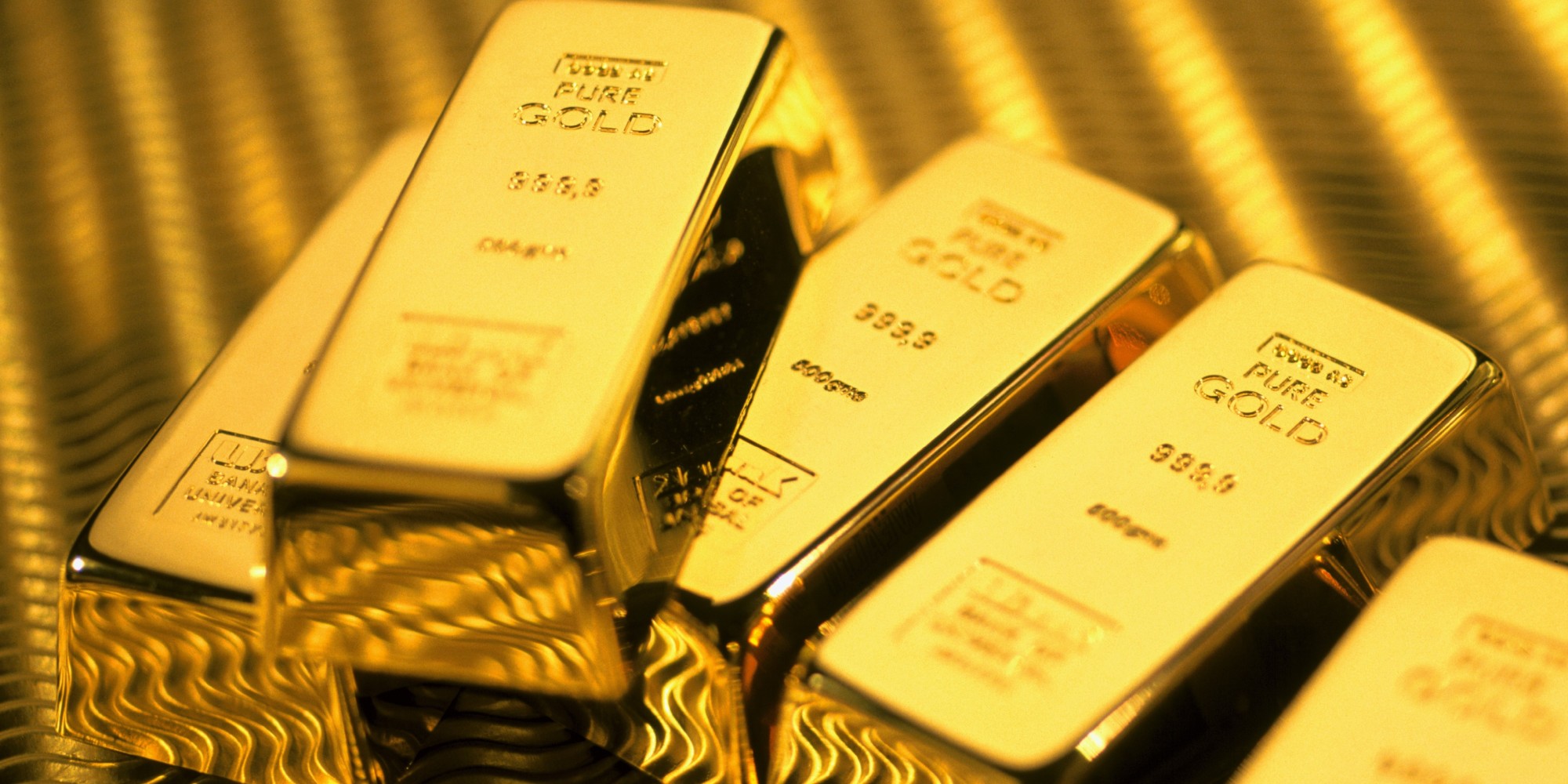Gold. Lovely, rare, precious gold. It never tarnishes. It glows and gleams like magic. It’s one of the most beautiful and desirable metals on the planet, and there’s a limited supply of it. One day we will run out of gold, which makes it even more precious.
There’s much more to gold than meets the eye. There are several types of gold, each with their own unique properties. Here’s what you need to know.
What is yellow gold?
Pure gold – 24 carat gold – is that lovely rich yellow colour you expect from the pure form of the metal, but it is far too soft to use in jewellery, especially wedding and engagement rings, which come in for some hard wear because you usually keep them on all the time.
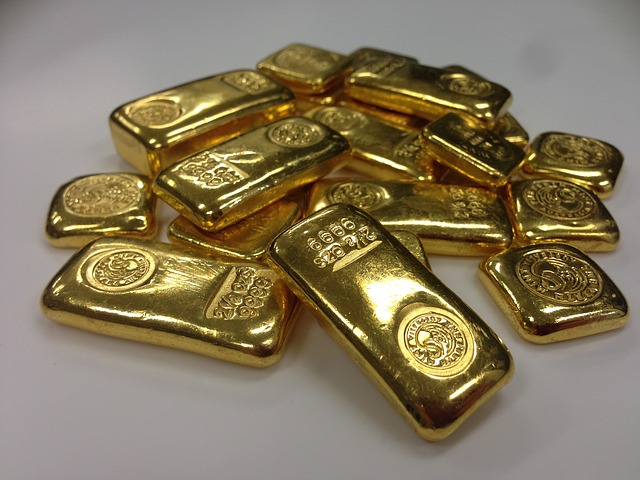
To strengthen pure gold, it is combined with other metal alloys including copper and silver. The more alloy is mixed in, the more the ‘caratage’ – the proportion of pure gold – changes. Most gold jewellery is made from 9, 10, 14 or 18 carat gold, and because 9 carat gold contains less pure gold than 18 carat gold, it costs less.
The higher the carat, the easier the metal is to scratch. Luckily it’s easy to polish and you get that wonderful glow back again in no time. Here’s a link to our 9ct yellow gold rings collection.
What is rose gold?
Rose gold first became fashionable in the early 1800s, particularly in Russia. Now it’s enjoying a revival. Yellow gold blended with copper and silver creates rose gold, a metal with a gorgeous, subtle pinkish red glow. Some say it’s the most romantic gold of all thanks to the rosy colour.
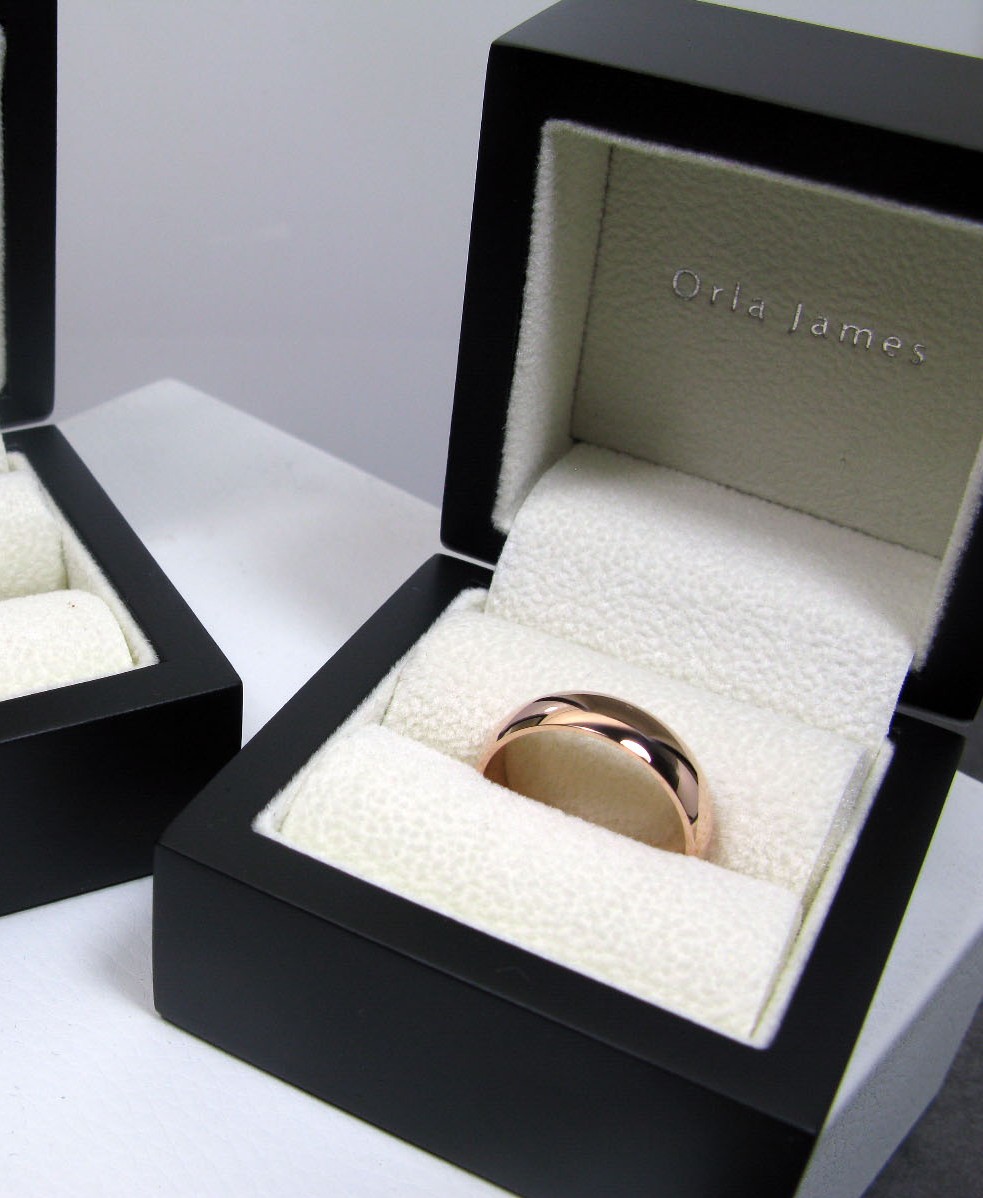
Because the copper it contains is relatively low cost, rose gold can be les expensive than other types of gold. It is also more hardwearing than yellow or white gold because copper is such a durable metal. Purity-wise, rose gold is no different from yellow gold or white gold. 18 carat rose gold, for example, includes 75% gold, and 9 carat rose gold contains 38% gold. Here are some fabulous 9 carat rose gold wedding rings to explore plus some 18 carat versions.
What is white gold?
To create white gold, pure gold is combined with copper, zinc, nickel or palladium. Even when zinc is added, white gold still has a subtle yellow tint. It’s the plating that makes white gold look so very pure, so very silvery and lovely. It is plated with rhodium, which is extremely rare and also happens to make white gold more durable thanks to the additional protective layer it provides.
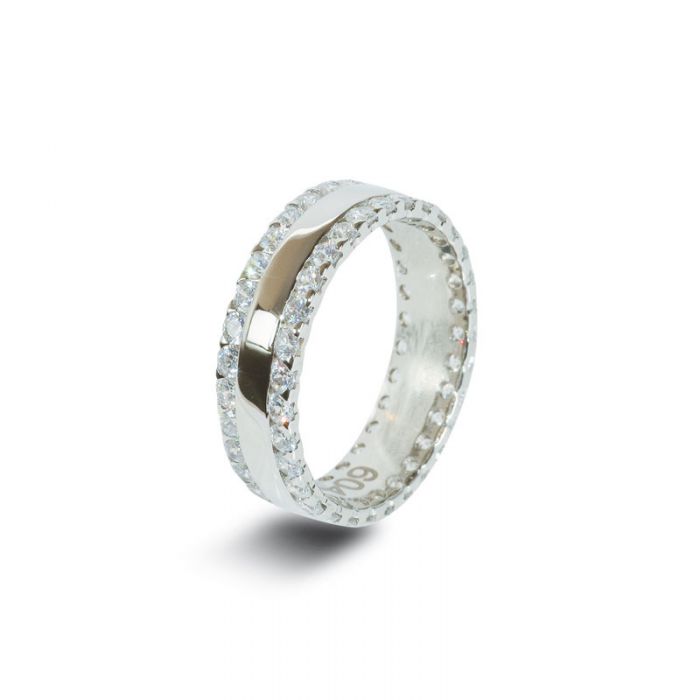
Rhodium’s rarity means white gold tends to be more expensive than yellow gold. When white gold gets scratched the scratches will polish out, and you can have it re-plated with rhodium to restore the silvery surface. Here’s our collection of 18 carat white gold wedding rings.
What is 9ct Gold?
9 carat gold contains 9 parts of pure gold and 15 parts of metals like silver, tin, nickel, zinc and palladium. As a percentage, the purity of a 9 carat gold alloy is 37.5%, which means 9 carat gold actually contains 37.5% pure gold. If you see jewellery marked with the number 375, it signifies the 37.5% and means you’re looking at 9 carat gold. In contrast 18 carat gold contains 18 parts of pure gold for each 24 parts of alloy, which makes it 75% pure and sometimes earns it a ‘750’ stamp.
What is the strongest metal?
The strongest type of gold is 9 carat, containing enough alloy to create gold rings and other jewellery that you can wear all day, every day with confidence. That’s just one reason why our beautiful collection of 9 carat wedding jewellery and other items is so popular.
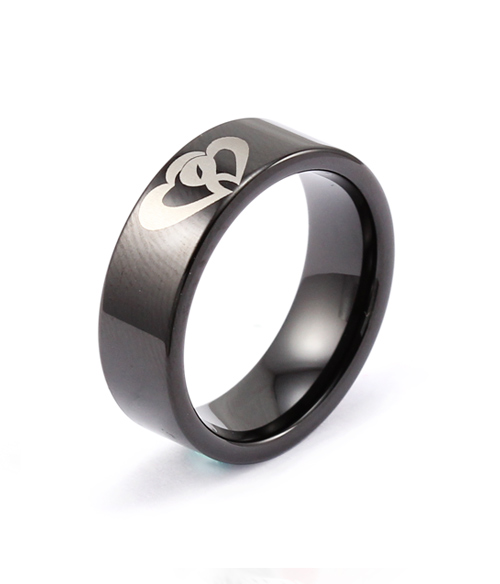
But if you want to know the strongest natural (non-alloy) metals they are Tungsten, Titanium and Chromium. Both Tungsten and Titanium are used in the creation of some wonderful jewellery.
A few useful facts about different types of gold
- Did you know you can also get green gold? It’s a blend of gold, copper, silver and zinc. Humans discovered naturally-occurring green gold – an alloy of gold and silver – as long ago as 860 BC. They called it ‘electrum’
- If you’re allergic to nickel and want a white gold wedding ring or engagement ring, make sure the white gold is rhodium plated. Yellow, rose and green gold don’t contain nickel so they’re ideal for people with nickel allergies
- Whatever alloys are added to gold, the metal’s purity is measured in the same way. 18 carat white gold and 18 carat yellow gold, for example, are equally pure
- 18 carat gold’s purity means it stays golden for good. But the alloys in 9 carat gold mean you might want to use a specialist gold cleaning cloth now and again to bring back that stunning, brilliant shine
- Carats are used for gold, Carats for diamonds – but people also tend to use the term ‘carats’ when referring to gold.
Brilliant customer service and more with our gold jewellery
We don’t just sell gold jewellery. Our after-sales service is second to none, including a suite of aftercare services you’ll love, and some of them are free. We won’t just sell you a glittering ring then run. We’re with you for life, your trusted quality jewellery experts for every occasion.

